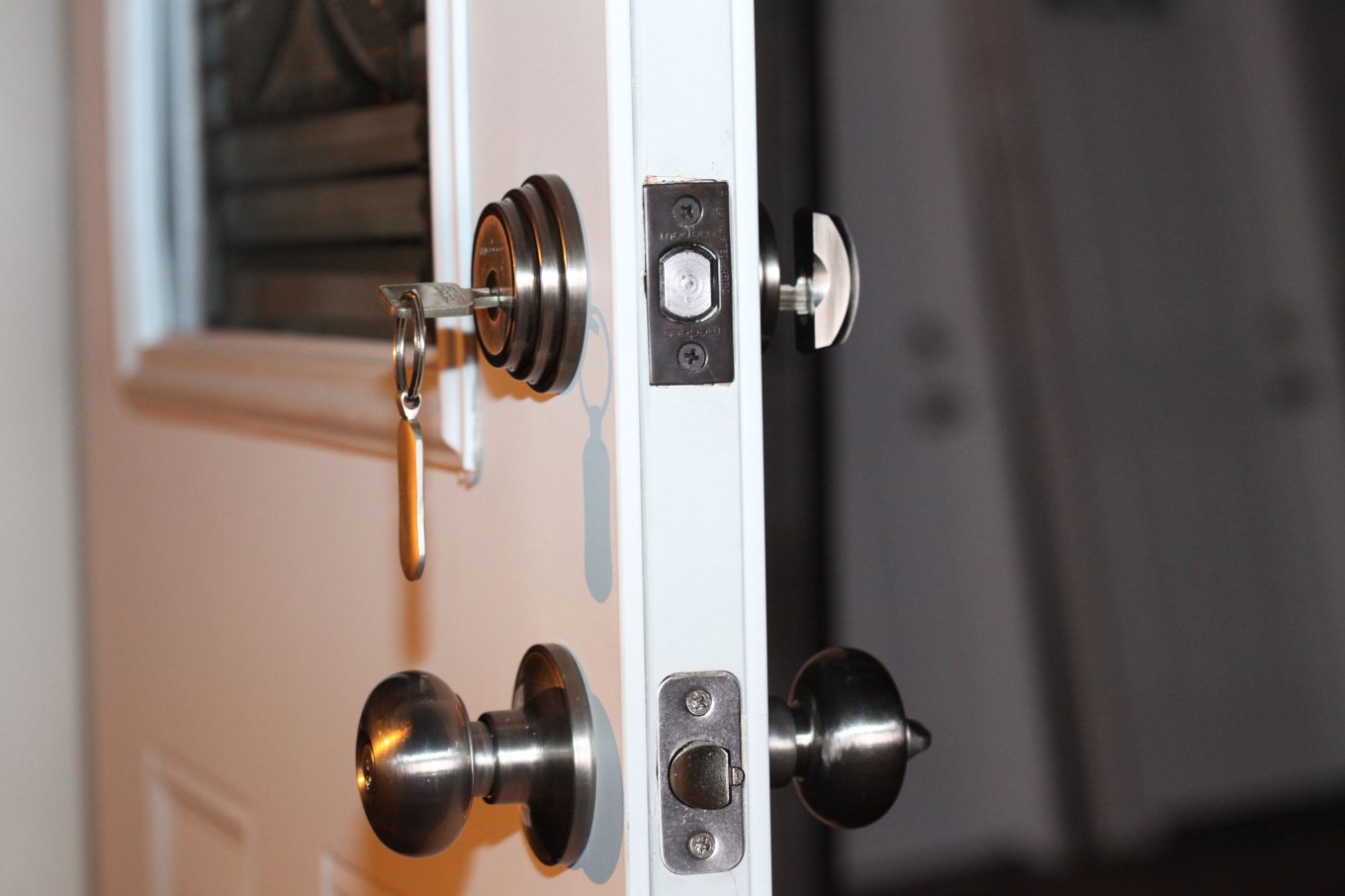High-tech locks — fingerprint, Bluetooth, and Wi-Fi enabled systems — are transforming the way you enter your home, threatening to make house keys as obsolete as rotary phones.
But do these easy-access locks make your home more secure? Do they add value? Or will next week’s bright idea make these fancy entry systems passé before you pay them off?
Are You Tech-Savvy?
Keyless locks are great for tech-savvy homeowners, says Marianna Perry, a former director of the National Crime Prevention Institute. But the latest isn’t the greatest for someone who struggles to keep up with each “smart” gizmo that comes down the pike. If you still can’t program your DVR to record “Downton Abbey,” keyless locks probably aren’t for you.
“The lock needs to fit the user,” Perry says.
The Latest Locks
Biometric: Locks that recognize your fingerprints and open with a swipe of your finger. ($280-$340)
Key fob (proximity lock): Carry a fob in your pocket, and these locks open automatically or with a simple tap; or press the fob button and unlock the door as soon as you pull into the driveway. ($220)
Smart phone-controlled: Your smart phone syncs with your lock via Bluetooth, enabling you to control entrance remotely and keep track of who comes and goes. Some locks recognize your phone and open automatically as you approach. Some will text you when someone else opens the door. ($200)
Surveillance lock: Combines easy access with surveillance and takes a picture of whoever opens your door. You can program codes for specific people, and the lock will offer a warm LED greeting when they arrive. ($280)
Keyless Locks Add Marketability
“It’s a sales tool,” says Robert Siciliano, a security expert for Schlage locks. Siciliano’s home is outfitted with a touchpad lock that glows blue and can be activated via cellphone.
“The first thing people see when they walk to my door is that touchpad, and they want to know all about it,” Siciliano says. “It’s an attention-getter.”
Do High-Tech Locks Make Your House More Secure?
Not much.
Burglars mostly enter your home through an unlocked door or by forcing open a window or door. In fact, criminals admit that security systems with camera surveillance — not locks (smart or otherwise) — are the biggest deterrent against burglaries.
“Burglars are criminals of opportunity,” says Glen Mowrey, a retired North Carolina deputy police chief. “They’re looking for the least resistance.”
A biometric deadbolt lock, which scans fingerprints, can cost $300 and be less secure than “Consumer Reports'” top-rated Medeco Maxum 11WC60L, a regular keyed lock that costs $190. In CR tests, the Medeco Maxum defied forced entry — the most common type of home break-in — better than the high-tech locks tested.
“Smart locks are more convenient, but not any stronger than regular locks,” says Joey Lachausse of the Associated Locksmiths of America.
In fact, some smart locks are easier to defeat and can be more annoying to use than traditional locks:
- In testing, a team of British lock hackers easily opened a fingerprint-reading lock by inserting a paperclip into its backup key chamber.
- During a power outage, some electronic locks fail or disengage, forcing you to use a backup key — but then your system isn’t keyless, is it?
- Circuit boards that control electronic locks can fail.
Top Security Tips
- Replace hollow-core wood exterior doors with solid wood or steel doors.
- Reinforce wood door jambs with additional steel plates, which make the door harder to kick in.
- Install strike plates made of heavy-duty metal, and secure them with 3-inch screws.
- Replace sidelight glass with shatter-resistant polycarbonate.
- Lock doors whenever you leave the house, even for a short time. In fact, lock doors and windows when you’re home, too.
Related:
